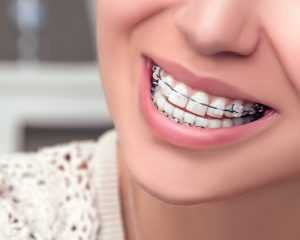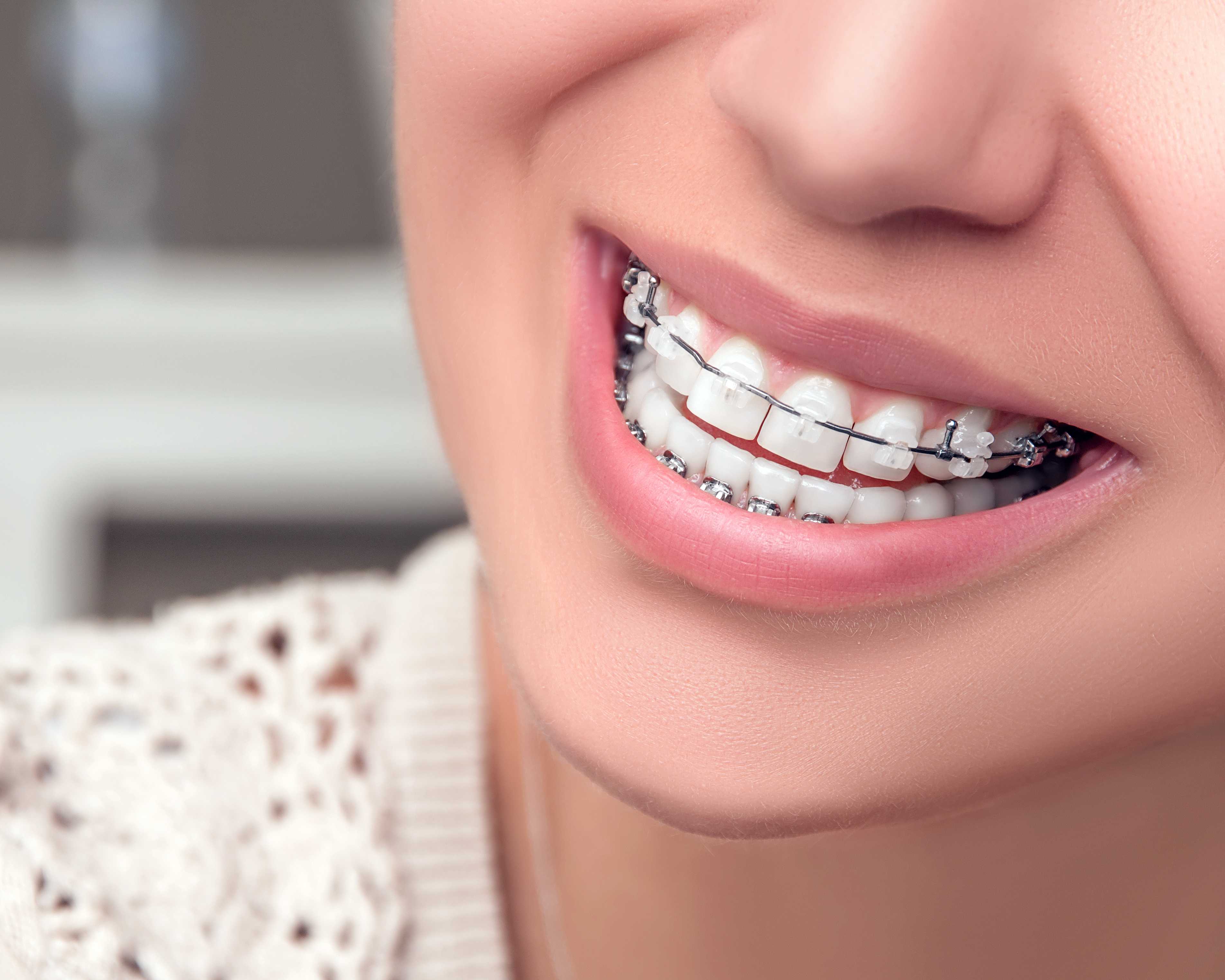 Before, children did not get orthodontic treatment until they were around 12 to 14 years old, just when all the permanent teeth have erupted. Now, the American Academy of Orthodontics states that all children should get an orthodontic assessment not later than 7 years old as they are also more receptive and compliant with treatment.
Before, children did not get orthodontic treatment until they were around 12 to 14 years old, just when all the permanent teeth have erupted. Now, the American Academy of Orthodontics states that all children should get an orthodontic assessment not later than 7 years old as they are also more receptive and compliant with treatment.
AFOAvon.com provides an overview of interceptive orthodontics and why your child may need it.
Interceptive Orthodontics in a Nutshell
This procedure is a phased type of orthodontics that diagnoses and treats malocclusions upon detection. It corrects any issue and prevents future problems. Sometimes, this treatment corrects problems associated with skeletal development and other times. Due to oral habits, this may be the necessary solution.
The Need for Interceptive Orthodontics for Children
Most of the time, this is the first phase that minimizes the second phase of treatment which occurs after the eruption of all permanent teeth at 12 to 14 years old. Being the primary phase, it may not eliminate the need for braces. But, it can prevent the extraction of permanent teeth in the future to adjust overcrowding and reduce the chances of needing surgery to even out the upper and lower jaws.
Interceptive orthodontics improves malocclusions caused by jaw or tooth misalignment. Leaving malocclusions untreated will take a toll on how your child chews and how they clean their teeth, talk, and smile. Moreover, these can lead to unfavorable growth, accidental chipping, periodontal disease, and tooth decay.
Apart from these, other problems that may be intercepted by this approach include thumb sucking, tongue thrusting, narrow dental arches, protruding of front teeth, and open bites.
Some of the advantages offered by getting this type of treatment include the preservation of space for teeth that have not erupted yet and the expansion of the palate to properly position the back molars. It also reduces the need for future tooth extractions and influences jaw growth, creating facial symmetry.
Do not wait for your child to suffer from the consequences of malocclusions. Introduce them to proper hygiene and let them get used to the dentist to gradually alleviate the onset of dental anxiety.




